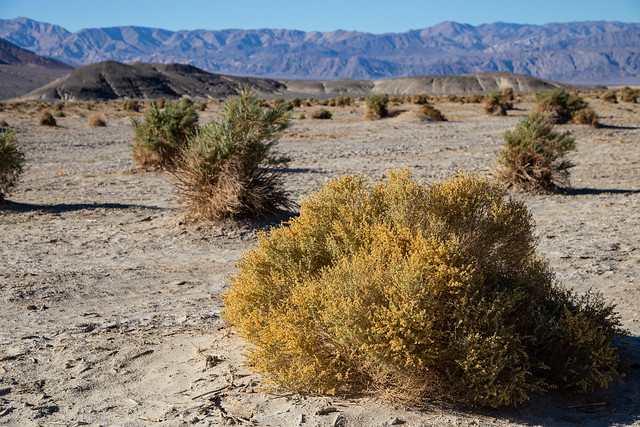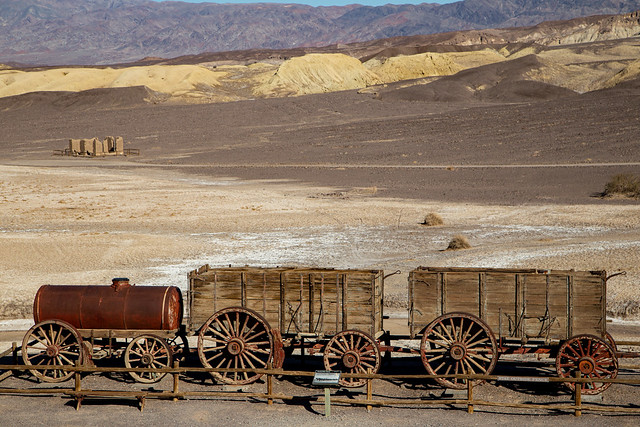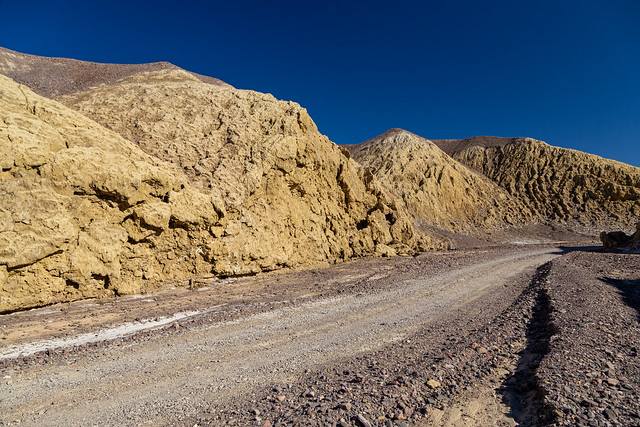
Arrowweed was probably used by Death Valley's first residents - the Timbisha Shoshone people. According to the NPS, they "hunted and followed seasonal migrations for harvesting of pinyon pine nuts and mesquite beans with their families. To them, the land provided everything they needed and many areas were, and are, considered sacred places." Their tribal homeland contained the valley, where they lived in the winter, and also the surrounding mountains where they lived in the summer to escape the heat. In modern times, a small Timbisha village sits in the valley, near the Furnace Creek Visitor Center.

Death Valley got its name thanks to travelers trying to find a shortcut to California during the Gold Rush of 1849. They wandered into the desolate and alien landscape of the valley, only to get stuck finding a way through the Panamint Mountains. After several months, where they had to eat their oxen to survive, they were finally rescued. As they made their way out, one of the travelers is said to have looked back and said "Goodbye, Death Valley."
Of course it's much easier to get around in the Valley these days.

I can't imagine what it must be like to be here in the heat of the summer, let alone back in the olden days.

In the 1880s, silver and borax were discovered in Death Valley. Soon several mining camps were established, one of the most prominent being the Harmony Borax Works. The Harmony plant opened in 1884, with workers harvesting and processing borax. It employed up to 40 men and would produce up to three tons of borax daily (except during the summer, when the workers would temporarily move to another plant in a cooler location). To transport the processed borax out, they would use large mule teams and double wagons to haul it out of Death Valley and along an overland trek to Mojave. The "20-mule team" is still used as a symbol for the borax industry, which is used for cleaning supplies.
At the ruins of the Harmony Borax Works, you can see one of the old mule trains. In the distance you can see the remains of one of the buildings from the borax camp.

The Harmony Borax Works went out of business in 1888. In 1933, President Herbert Hoover put the lands under federal protection when it was named the Death Valley National Monument. In 1993, it was redesignated as a National Park.

From the Borax Works, there is a small dirt road that runs through a small canyon named Mustard Canyon after the yellow walls of rock. I tried looking on the map to see if there were any other areas named after condiments (like a Ketchup Chasm, Mayonnaise Mountain or Relish Ridge) but had no luck. They must be in areas where the roads are still closed.



No comments:
Post a Comment